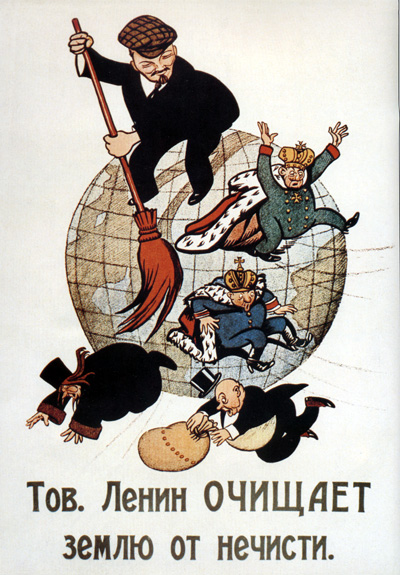Over the course of three years the fascist colonial authorities in the […] colony of Cyrenaica emptied an entire region of its people in an effort to quell an anti-colonial rebellion and prepare the colony for settlement and incorporation into Mussolini’s envisioned Fascist empire. In this short time span, fascist authorities forcibly deported the semi-nomadic peoples of Cyrenaica from their homeland in the Jebel region and interned them in concentration camps on the desert coast.
These policies resulted in the deaths of more than half of the semi-nomadic population of Cyrenaica, the decimation of their herds, and the near elimination of their way of life. [Fascist] Italy proudly broadcast this episode of colonial conquest to its fellow Western imperial powers who watched a genocide unfold with relative disinterest.
This international neglect provided Fascist Italy with the opportunity to pursue its genocidal policies with minimal consequences or scrutiny, strengthen its geopolitical position in colonial Africa, and elaborate an increasingly radical, violent, and self-assured ideology for […] Fascist colonialism.
[…]
Over a period of four short years the Fascist colonial government forcibly deported an estimated 100,000 “semi-nomadic” people from the colony’s interior and held them in a string of 16 concentration camps on the Mediterranean Coast.
From 1929 to 1934 Cyrenaica’s estimated population dropped from 225,000 to 142,000, indicating that 83,000 people disappeared from the colony in only five years. Of the 83,000 missing, about 60,000–70,000 are believed to have died as a result of the policies of deportation and internment.²
[…]
With the rebellion in Tripolitania crushed and the Benghazi parliament formally suppressed, the fascist regime was free to use whatever means necessary to “pacify” Cyrenaica. The “pacification” of Cyrenaica was by no means the first time that the Italian government employed novel weapons and tactics against its colonial subjects.
The initial invasion of Libya in 1911 saw the first use of aeronautical anti-civilian tactics. The [Regia Aeronautica] would swoop low over Libyan villages and hand-drop explosives on military targets in order to terrorize the civilian population.²³
The Fascists utilized airplanes in Libya again in 1926 when [Fascist] Italy became the first country to intentionally use poisonous gas against civilian populations by dropping canisters of phosgene gas on caravans in the Libyan interior.²⁴
By the end of the 1920s the military situation in Cyrenaica had become untenable for the [Fascists]. Omar al-Mukhtar’s highly mobile guerrilla bands known as duar were able to attack [Fascist] military positions and then quickly disappear back into civilian society making them nearly impossible for a formal army to suppress.
The Governor of Cyrenaica from 1926 to 1929, Attilio Terruzzi, bemoaned that even armies of 5,000 or 10,000 men were insufficient against even a few hundred guerilla fighters who, owing to their semi-nomadic lifestyle, weren’t tied to any specific location and seemed to be able to appear and disappear spontaneously across hundreds of kilometers.²⁵ Terruzzi’s strategy was to use brute force and technological superiority to combat an enemy with better knowledge of the terrain and integration into the local society.
(Emphasis added. Click here for more.)
Graziani fiercely denied allegations from the Arabic press that the decision to move the population into concentration camps was premeditated, which is supported by the letters from Badoglio.¹⁰⁷ According to Graziani, preparing the camps and moving the population took about three months.¹⁰⁸
The arrival at the camps is depicted as a massive public health achievement. Graziani says that the barbari were greeted by nurses waiting to vaccinate them, and remove parasites.¹⁰⁹ Despite these claims medical care was not widely available in the concentration camps and regular Typhus outbreaks occurred in the larger camps like Soluch.¹¹⁰
The lies about the quality of the medical care in the camps aside, Graziani’s choice of the word “barbarians” (barbari) is very telling about the way the Fascists viewed the Cyrenaicans. If they were barbarians, then they were expendable in the face of the Fascio-Roman advance. Graziani adds a racial element to his notion of barbarism by positing that through colonization the “noble Italian race” will renew the Arabs who will become “a new Mediterranean race, a new daughter of Rome, and a sister to those mixed races which gave the world the medieval civilizations of Sicily and Andalusia.”¹¹¹
